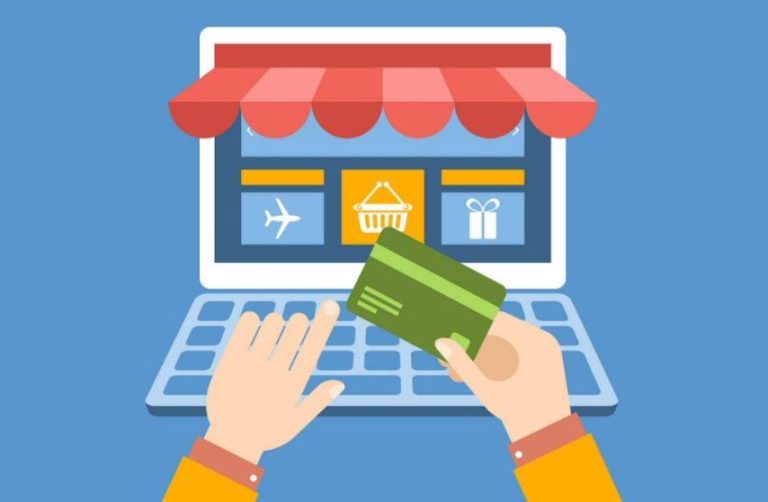One of the most popular trading financial instrument today in the UK and many other parts of the world is contracts for difference (CFDs). They have unique properties that make trading very different. This uniqueness coupled with complexities of the CFD products also requires the traders to understand what they are getting into to avoid losses and disappointments. With CFDs, traders can profit both from rising and falling markets. This they can do without owning any assets. To understand this complex trading, let us first understand fully what trading CFDs is.
What are CFDs?
CFDs are more of a betting financial industry where traders and investors speculate on the direction the share price will move. They also speculate on the direction of the financial products, extent of the price changes, currency movement changes expected. In the UK alone, there are over 90 CFDs firms that serve well over 100,000 customers in the UK alone and another 400,000 customers and more from across the globe.
Regulated by the rules set by the European Union, CFDs investors can take on trading which are much larger than their investments. These might either offer very huge returns to their customers or leave them open to risks of encountering immense losses.
In other words, CFDs is a contract between brokers like Saxo UK and traders where there is an agreement on the entry and the exit prices of any underlying asset. The same contracts can speculate the forex markets and bet on assets such as oil, precious metals and indices. Investors are at an advantage of choosing the currency they want to trade in in CFDs and choose their own increment values. The calculation of the loss and profit derived from these trading is the difference between the prices, both entry and exit and then multiplying the number they get by the CFDs units used.
How CFDs work
When a CFD asset value rises after a trader buys it, then that means the trader has made profit on the asset. If on the other hand the asset decreases its value, then this is a loss for the trader. Before the start of any trading, the trader will only predict the price performance but have no control of which way the process move. If for example you are a trader and believe that a certain forex currency will be on the rise, then you look for a CFD broker and enter into a contract. You then agree to buy a certain amount of the forex exchange at a certain fee. The broker will require a certain fee from the trader in order to enter into the contract. If the forex increases in value as anticipated, then the trader sells it and gains as [profit. If it loses, the trader goes at a loss too. In some cases, the loss may exceed what the trader deposited to begin with.
Types of CFDs
Stock Indices
Trading on stock indices allows trading on various products without minding about the distances. This means you can trade US500, UK1000, NAS100, and GER30 and so on. All the trading is on real time prices. Trading in stock indices with no minimum distance, gives better advantage with no commissions added to the required margins.
Commodities
These can be liquid commodities within the following markets such as Metal, agriculture, energy, emissions and softs.
Single Stocks
These are stocks like google, apple, Barclays, amazon and over 8000 other single stocks from across the globe.
Bonds and forex
There are no commissions when trading in bonds and forex.
Advantages of CFDs
The advantages of CFDs to a trader are
Leverage
Traders gain from leverage given by brokers on CFDs. These can either be extremely high or less high advantages. Leverages allow more profit from small amounts.
Very little capital required for investment
Because of the advantage offered by the brokers, CFD trading is both flexible and cheap. All you need especially if you are trading in stock is a share of the stock you are trading in as the minimum capital.
Wider selection
Trading in CFDs, gives a wider range of what to trade in. there are stocks, forex, currencies, cryptocurrencies and commodities.
No commission charges
When trading with CFDs, you do not have to pay any commissions.
Disadvantages
- They are a risky business because they are more of bets than anything else is
- They are over the counter derivative, which means, the deals are between the traders and brokers and in some countries, and these deals do not go through regulations.
















 Bitcoin
Bitcoin  Ethereum
Ethereum  Tether
Tether  XRP
XRP  Solana
Solana  USDC
USDC  TRON
TRON  Cardano
Cardano  Lido Staked Ether
Lido Staked Ether  Avalanche
Avalanche  Toncoin
Toncoin